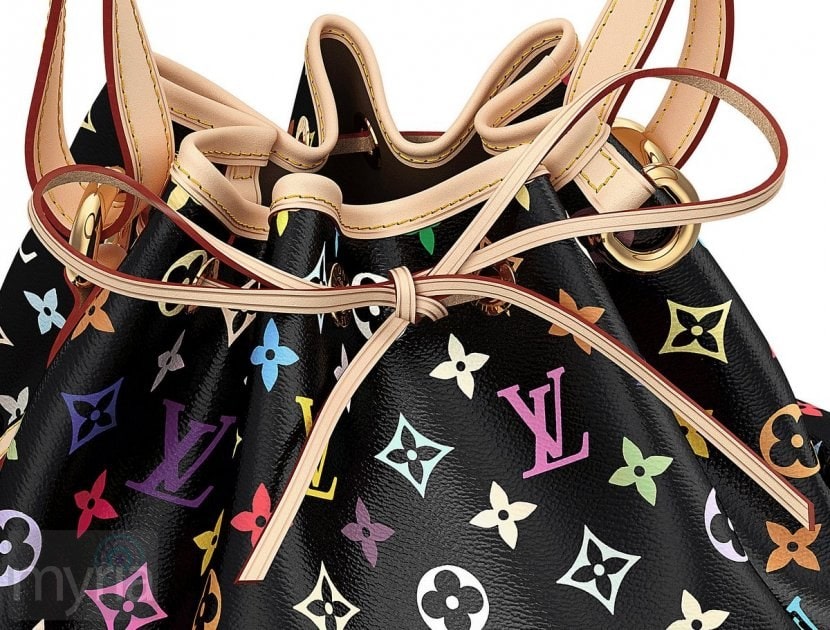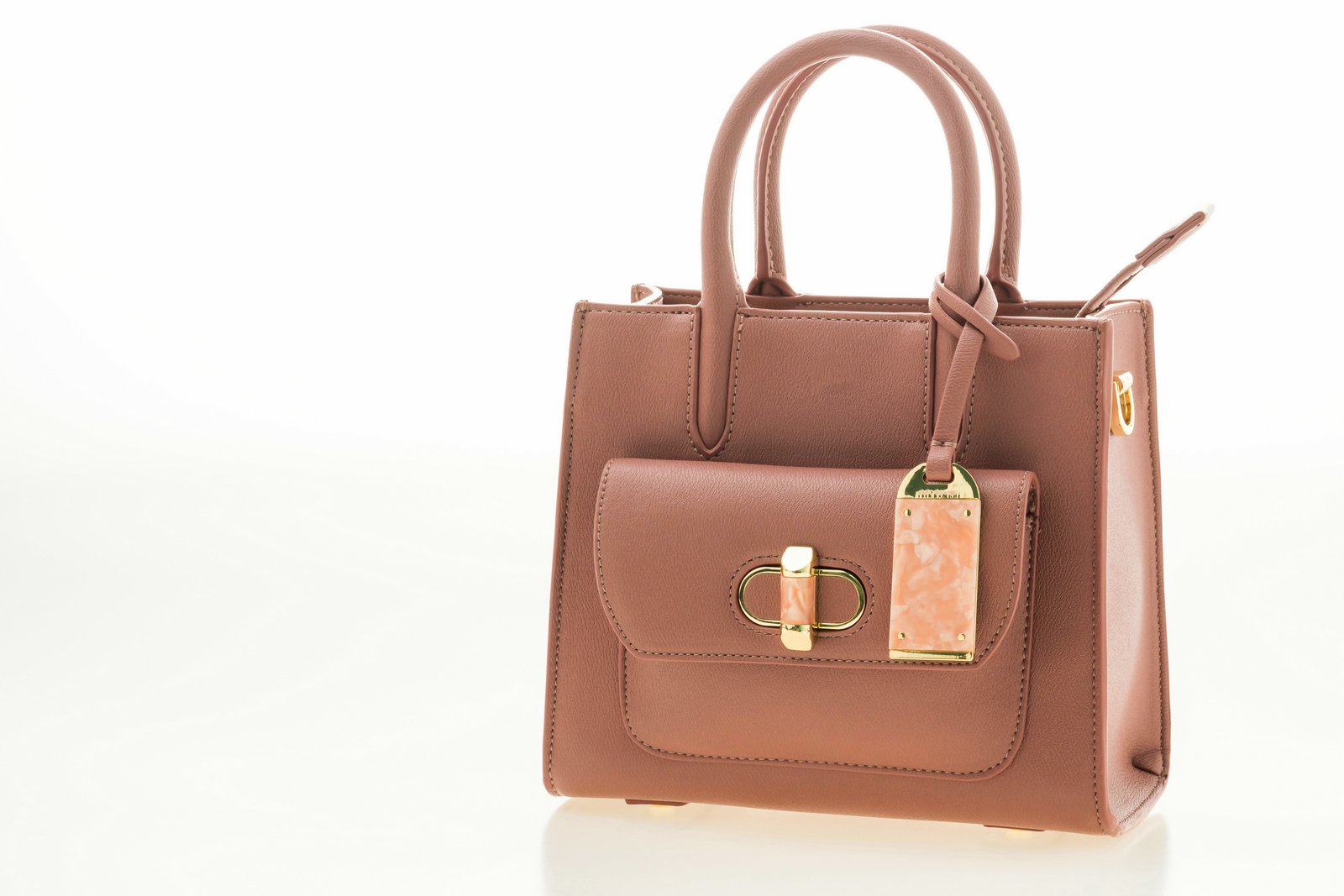If you’ve had your eye on an expensive handbag, of course you want to know that the thing you’re paying for isn’t just a low-quality counterfeit copy.
So how can you tell if a designer purse is legitimate or a knock-off? Here are some tips to help you spot fake handbags, so you can spend your hard-earned cash on the real deal.
Designer handbag fake or real? First: Quality counts
When evaluating a handbag, remember that a legit designer bag won’t go out the door unless it’s perfect. That means that on an authentic purse:
- The fabric will be high-quality.
- Any leather will be real and high-quality (usually soft but heavy).
- Stitches will be small, precise and even.
- All hardware will be of excellent quality — heavy and sturdy and with no flaws.
- The logo will be even, spelled correctly and look perfect.
- There will be no imperfections, and no loose threads.
- Zippers will complement or match the handbag’s main color.
- Some handbags will come with a serial number (or control number) as well as a certificate of authenticity. Make sure the two numbers match.

Do the dollars make sense?
The sale of knock-off products – including fake designer handbags — is big, big business. In fact, the US government’s stopfakes.gov site says that counterfeiting of all types causes US businesses to lose an estimated $200 to $250 billion each year.
The number one easiest way to tell if a handbag is counterfeit or genuine is the price. Designers rarely — if ever — discount their goods. (The “seconds” they do sell are usually available through their outlets, and nearly always have the inside tag cut in half or hole-punched.)
When researching a buy, you might compare prices across a few different reputable websites to get a good baseline price, then compare that to your “bargain.” Any more than a 10% discount should be a major red flag. (That said, some places will charge a lot even for a knock-off, in an attempt to make them seem legitimate.)
Your best bet is to only buy from well-known retailers. In the case of high-end designer handbags, think stores like Bergdorf Goodman, Bloomingdale’s, Neiman-Marcus, Nordstrom, Macy’s, Lord & Taylor and Saks Fifth Avenue. Online, check out those retailers’ sites, or Amazon Fashion (though only items sold by the manufacturer or Amazon directly), Zappos.com, and each of the individual designers’ websites.

The spotter’s guide to fakes
The US Department of Commerce offers a few tips on spotting fakes:
- Labels and packaging can be revealing indicators. Look for missing instructions and warranty information, or missing/unusual packaging.
- Try to verify authenticity by comparing the manufacturer’s contact information with another product’s packaging, as addresses and phone numbers provided with counterfeit goods could be misleading.
- Companies often publish lists of authorized retailers online or in packaging materials. If you are uncertain whether a retailer acquired its products from a legitimate distributor, ask for verifiable information from the retailer about the source of the goods.
- If you are uncomfortable with the circumstances of your purchase — such as price, venue, lack of a sales receipt or warranty information, or, most importantly, a vendor’s unwillingness to answer simple questions about the source of the products for sale — use your common sense and walk away.
The International AntiCounterfeiting Coalition adds:
- If the product is being sold without its packaging, the packaging appears to be of low quality, or includes printing errors (for example, blurry pictures, typos, spelling or grammatical errors) it is probably counterfeit.
Buying online, via eBay or another auction site
If you are purchasing online — particularly through an auction site — here are a few things to consider to make sure you’re not buying a copycat:
- See how many identical products they have available. For example, if a seller is offering 10 or more of an expensive designer purse, the purses are probably counterfeit.
- If you are unsure of a vendor is selling genuine products, do some research. Read the reviews from past sales, and ask the seller where they got the handbags in question, and how they are able to sell them at low prices.
- Be aware of sellers who use product PR images (rather than photos of the actual handbag up for auction), or for listings featuring low-quality photos, poor spelling and a minimum of information.
- Know that the majority (but not all) of counterfeit products originate in or around China. Find out where the seller is located, and/or where the purse in question will ship from.
- Look closely. The International AntiCounterfeiting Coalition notes that counterfeiters often steal pictures and formatting from the real websites to make their websites look legit, so don’t be fooled by a professional-looking website. Check out the fine print in the product descriptions, FAQs or contact pages. If you find typos, grammatical and spelling errors, or incomplete information, the site is probably fake.
- Finally, the old rule applies: If the deal seems too good to be true… it probably isn’t true.
Replicas and designer-inspired copies
There are legal copycat bags out there, which specify they’re replicas or “designer-inspired.” The company name on these will never be exactly the same as a designer’s brand, but may be very similar. At least in this case, you know what you’re getting.
Why you should care – even if it’s cheap and looks decent
Counterfeiting isn’t a victimless crime. (And it is considered a crime — charges possibly include things like conspiring to commit criminal copyright infringement, manufacturing counterfeit goods, and trafficking in goods bearing counterfeit trademarks and labels.)
For starters, the original creators of a product are seeing their intellectual property rights trashed. In turn, an estimated 750,000 jobs have been lost in the US to counterfeiting, says the United States Customs and Border Protection Agency. The sale of cheap knock-offs are even said to be tied to terrorism and organized crime.
And if you buy a knockoff bag, you’re spending your money on something vastly inferior to the original — and one that many real fashionistas will be able to spot a mile away.
If your heart is set on carrying a designer piece, but you don’t have the big bucks to shell out for it, we recommend going for a smaller splurge… at least at first. For example, get the fancy brand’s coin purse, wallet or wristlet.
That way, you’ll have all the cachet — and a little cash left, too.









